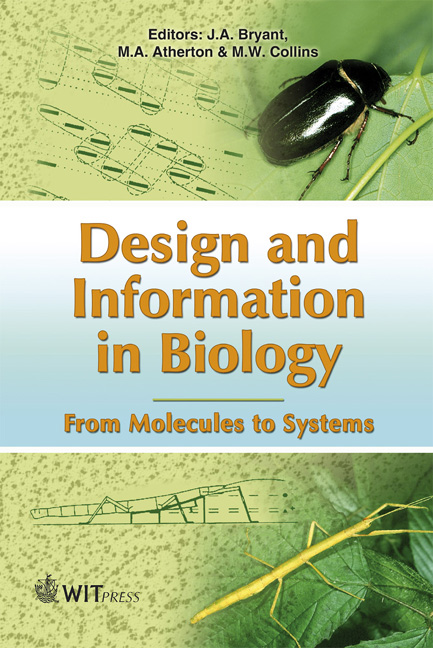The Human Genome Project
Price
£23.00
Volume
27
Pages
30
Published
2007
Size
318 kb
Paper DOI
10.2495/978-1-85312-853-0/04
Copyright
WIT Press
Author(s)
P. Gross & T. Oelgeschläger
Abstract
Chapter 4 The Human Genome Project P. Gross & T. Oelgeschläger Eukaryotic Gene Regulation Laboratory, Marie Curie Research Institute, UK. Abstract The Human Genome Project, the most ambitious biological research project to date, was inaugurated in the 1980s with the aim to decipher the precise DNAsequence of the entire human genetic material and culminated in the publication of two human genome sequence drafts in February 2001. These drafts represent a major milestone in biological research as they provide the first panoramic view of the genomic landscape of a vertebrate. Among the results of the sequencing efforts was the surprising finding that only 1.4% of the human DNA encodes instructions for the assembly of proteins. The estimated total number of just over 30,000 human protein-coding genes is insufficient to explain human complexity compared to other organisms simply on the basis of gene number. Additional levels of complexity must exist, both in the coordinated temporal and spatial read-out of genetic information and in the functional interplay of expressed gene products. This insight has ushered in functional genomics, the genome-wide analysis of cell-specific gene expression patterns and protein interaction networks. The human genome sequence project has led to the emergence of novel technologies that are expected to promote research into virtually all aspects of life science. Medical sciences are expected to benefit in particular, as the availability of human genome sequence information has paved the way for the development of novel diagnostics and advanced therapeutics. These may ultimately provide the means for the prevention and targeted treatment of complex genetic disorders such as cancer. 1 Introduction 1.1 Genes The elucidation of the precise mechanisms underlying heredity, the accurate transfer of biological information from one generation to the next, has been a key problem in biological sciences over several centuries. Gregor Mendel, an Austrian monk, concluded in 1865 from genetic crossing experiments that hereditary information is passed from parents to offspring in discrete packets [1]. Later on, these units of heredity were called genes. The biological nature of genes was not revealed until 1944, when it was demonstrated that genetic information is carried by a biological substance
Keywords





